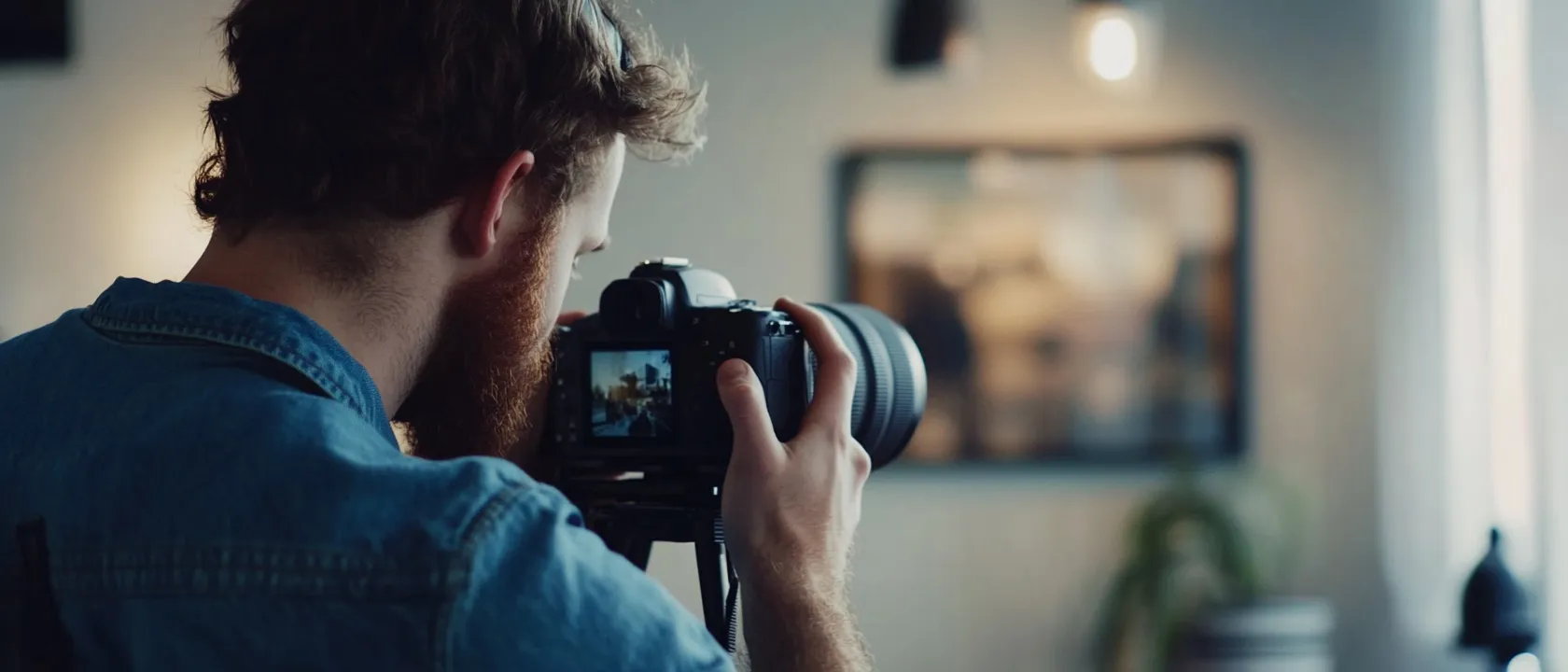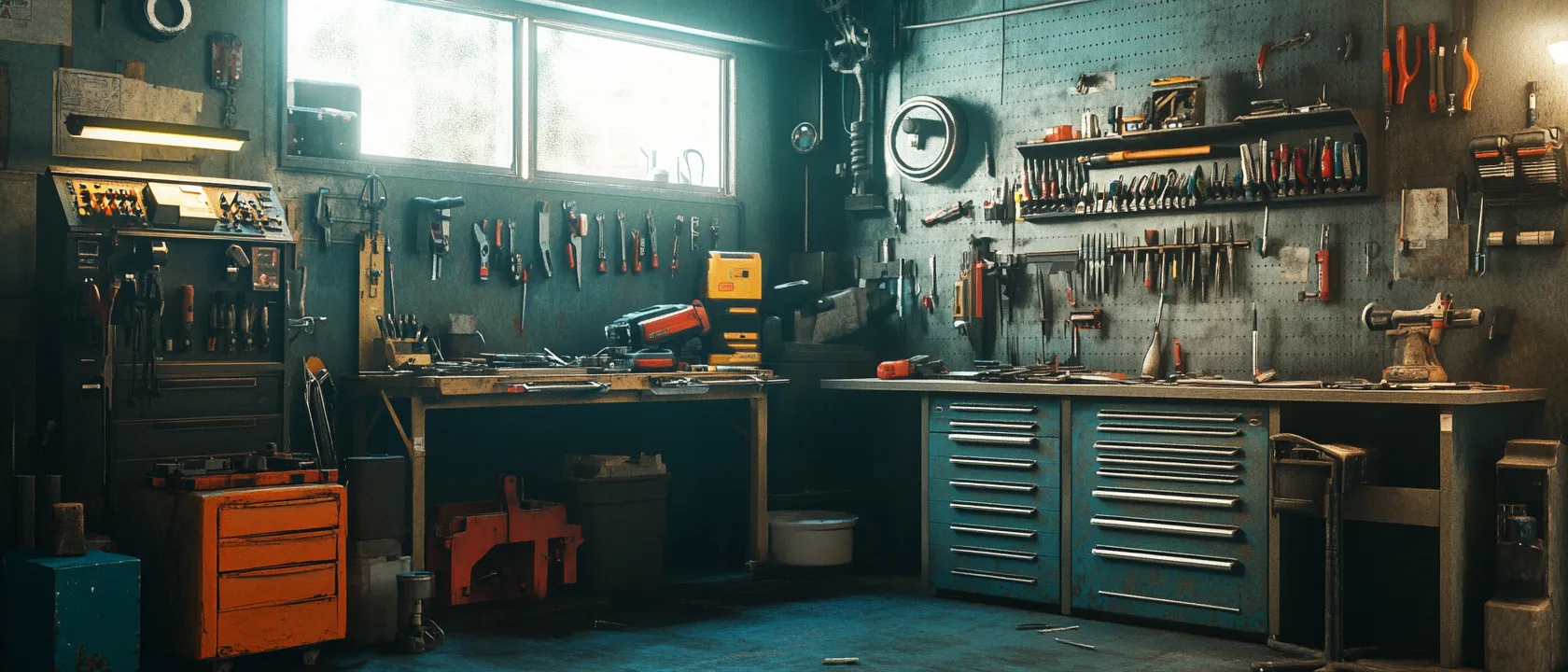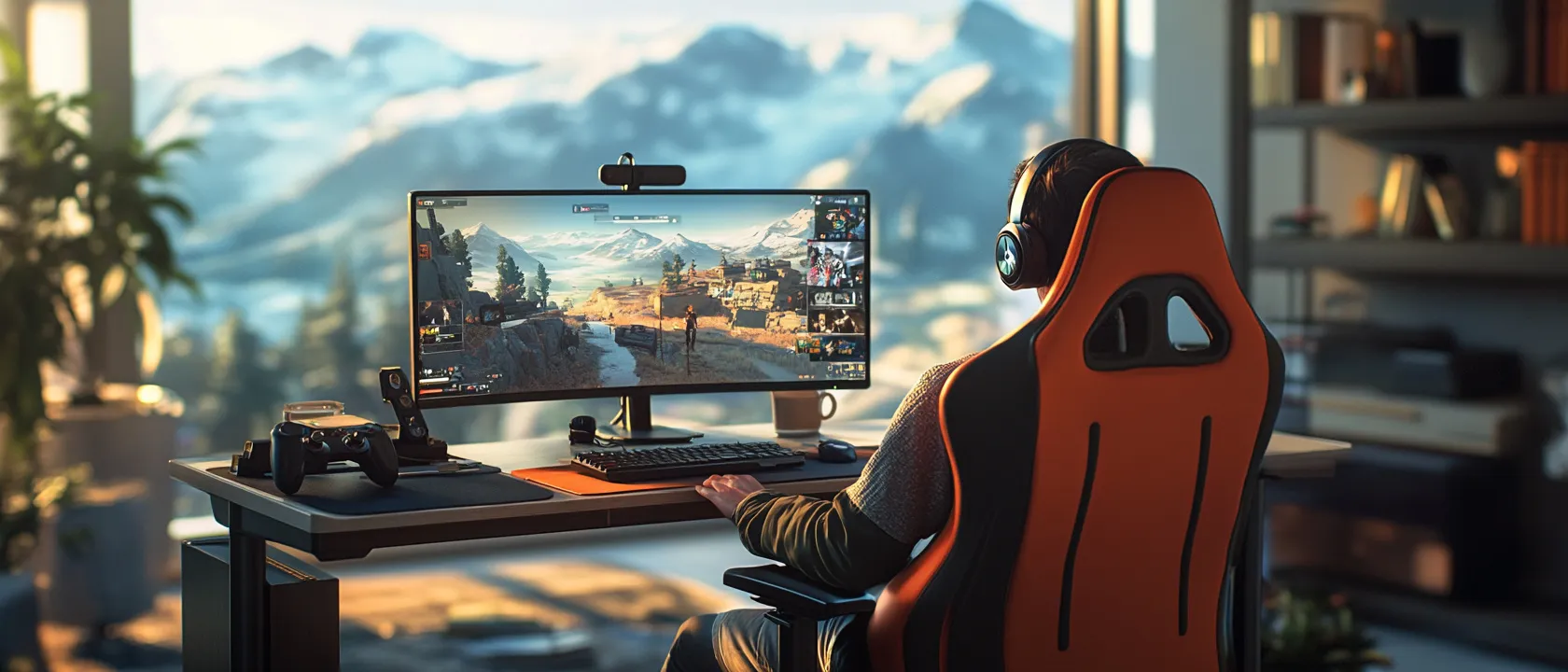In the evolving landscape of photography, the line between professional and consumer equipment continues to blur. Today’s amateur photographers face a compelling but complex question: Is investing in professional-grade camera equipment truly worth it for someone who doesn’t earn their living through photography? With flagship smartphones delivering increasingly impressive results and mid-range cameras offering solid performance, the significant financial investment in professional gear deserves careful consideration. This comprehensive analysis explores the practical benefits, hidden costs, and realistic value proposition of high-end camera equipment for the serious amateur photographer.
Understanding the Professional-Amateur Spectrum in Modern Photography
Before evaluating specific equipment, it’s important to recognize that the traditional binary division between “professional” and “amateur” photographers has evolved into a more nuanced spectrum. Today’s photography community includes:
- Professional photographers who derive their primary income from photography
- Semi-professionals who earn partial income from photography
- Advanced enthusiasts who pursue photography seriously but not commercially
- Casual hobbyists who enjoy photography recreationally
- Smartphone photographers who primarily use mobile devices
This article focuses particularly on advanced enthusiasts – those who take photography seriously as a craft and passion but don’t necessarily earn income from it. For this group, professional-grade equipment represents a significant investment of both money and commitment to learning. But does this investment translate to meaningful improvements in photographic results? The answer requires a nuanced examination of what professional equipment actually offers beyond marketing hype.
Defining “Professional-Grade” in Today’s Camera Market
The term “professional-grade” encompasses a range of equipment with different characteristics. Generally, professional cameras and lenses offer:
High-End Camera Bodies
- Full-frame or medium format sensors (rather than APS-C or Micro Four Thirds)
- Enhanced weather sealing and durability
- More sophisticated autofocus systems
- Higher burst rates and buffer capacities
- Dual memory card slots for redundancy
- Extended battery life
- More comprehensive manual controls
- Higher resolution electronic viewfinders
Professional Lenses
- Superior optical quality with better sharpness, contrast, and color rendering
- More robust construction with weather sealing
- Faster maximum apertures (f/2.8 or wider)
- More consistent performance across the frame
- Enhanced stabilization systems
- Quick and quiet autofocus motors
Professional Support Systems
- Manufacturer professional services with expedited repair
- Enhanced warranty options
- Loaner equipment during service
- Dedicated support channels
Current professional-grade camera systems from major manufacturers typically start around $2,000-3,000 for body only, with professional lenses ranging from $1,000-3,000 each. A complete professional kit with 2-3 lenses, extra batteries, memory cards, and essential accessories can easily reach $5,000-10,000 or more – a substantial financial commitment for someone who doesn’t generate income from photography.

The Tangible Benefits of Professional Equipment for Serious Amateurs
Despite the high cost, professional equipment does offer several concrete advantages that can benefit advanced enthusiasts:
Image Quality Improvements
The most obvious benefit is potential image quality enhancement, though the degree of improvement varies significantly depending on what you’re upgrading from:
- Dynamic range expansion: Professional full-frame sensors typically capture 1-2 stops more dynamic range than APS-C sensors, allowing greater detail retention in both highlights and shadows. This is particularly valuable in high-contrast situations like sunrise/sunset landscapes or backlit portraits.
- Low-light performance: Full-frame sensors with larger photosites collect more light, typically resulting in 1-2 stops better high-ISO performance. For the amateur who enjoys concert photography, astrophotography, or indoor sports, this can transform previously impossible shots into achievable ones.
- Optical quality: Professional lenses generally offer superior sharpness, particularly at wider apertures and in the corners of the frame. They also typically control optical aberrations (chromatic aberration, distortion, vignetting) better than consumer-grade alternatives.
For Matthew Chen, an amateur landscape photographer who upgraded from an entry-level APS-C system to a professional full-frame setup, the difference was immediately apparent: “The dynamic range is what shocked me most. I can recover so much more detail from shadows and highlights, which matters tremendously for the dramatic lighting conditions I seek out. My post-processing has become less about fixing problems and more about creative expression.”
Operational Advantages
Beyond image quality, professional equipment offers tangible operational benefits:
- Autofocus performance: Professional cameras typically offer more sophisticated AF systems with better tracking capabilities, more focus points, and enhanced low-light sensitivity. For wildlife, sports, or fast-moving subjects, this can significantly increase keeper rate.
- Handling and ergonomics: Professional bodies feature more customizable controls, allowing faster access to critical settings without menu diving. This improved interface can make the difference between capturing or missing decisive moments.
- Weather resistance: For photographers who shoot in challenging environments, the enhanced sealing of professional equipment provides peace of mind and durability that consumer gear may lack.
- System reliability: Dual card slots, enhanced battery life, and more robust construction reduce the likelihood of technical failures during important shooting opportunities.
Emily Taylor, who photographs wild birds as a serious hobby, notes: “The autofocus and frame rate improvements when I upgraded were game-changing. My success rate with birds in flight went from maybe 10% keepers to well over 50%. That alone justified the investment for me, as these moments can’t be recreated.”
Expanded Creative Possibilities
Professional equipment can unlock new creative avenues:
- Distinctive depth of field: Fast professional lenses (f/1.4, f/1.8, f/2.8) allow for more pronounced background separation and bokeh effects that are difficult to achieve with slower consumer zooms.
- Specialized tools: Tilt-shift lenses, super-telephotos, and ultra-wide primes open creative possibilities that simply aren’t available in consumer-grade equipment.
- Flash system integration: Professional lighting systems offer more powerful, flexible options for creative illumination beyond what basic speedlights can achieve.
Joseph Kim, an amateur portrait photographer, explains: “My 85mm f/1.4 lens creates a look I just couldn’t achieve with my previous equipment. The way it renders facial features, the transition to out-of-focus areas – these qualities have defined my personal style in ways I hadn’t anticipated when I purchased it.”
The Hidden Costs and Challenges of Professional Equipment
While the benefits are real, amateur photographers should also consider several less obvious costs and challenges associated with professional equipment:
Beyond the Purchase Price
The initial investment is only part of the financial equation:
- Ecosystem lock-in: Professional systems often lead to brand commitment, making future switches increasingly expensive as your lens collection grows.
- Accessories cost more: Everything from filters to bags to compatible flashes typically costs more for professional systems.
- Insurance considerations: More valuable equipment often necessitates specific insurance coverage beyond what might be included in homeowner’s policies.
- Upgrade cycle pressure: Manufacturers typically refresh professional lines every 3-4 years, creating subtle pressure to upgrade to maintain “current” capabilities.
Physical Considerations
Professional equipment imposes physical demands:
- Weight and bulk: Professional bodies and especially professional lenses are typically significantly larger and heavier than their consumer counterparts. A professional kit can easily add 10-15 pounds to your camera bag.
- Travel challenges: Professional equipment attracts more attention from both thieves and customs officials, potentially complicating travel photography.
- Visibility and discreteness: Larger equipment can make unobtrusive street and documentary photography more challenging.
David Wong, who upgraded to a professional mirrorless system for his hiking photography, admits: “I underestimated how much the extra weight would impact my enjoyment on longer trails. I’ve had to become more selective about what lenses I bring, which sometimes means sacrificing creative options I paid handsomely for.”
Learning Curve and Technical Demands
Professional equipment often requires greater technical knowledge:
- Complexity management: More features and customization options mean more settings to learn and manage.
- Workflow changes: Higher resolution files and more sophisticated color science often necessitate more powerful computers and more complex post-processing workflows.
- Diminishing returns on technical knowledge: Professional equipment tends to be less forgiving of technical errors while simultaneously requiring more technical knowledge to operate optimally.
Sarah Johnson, who photographs family events with her professional DSLR, notes: “I sometimes miss shots figuring out which custom function button I assigned to which feature. There’s a real mental overhead to managing all the capabilities, and I occasionally find myself overthinking rather than simply shooting.”

The Psychology of Equipment and the Risk of Gear Acquisition Syndrome
Perhaps the most insidious aspect of professional equipment for amateurs is how it can affect the psychological relationship with photography itself:
The Expectation-Reality Gap
Many amateurs experience disappointment after upgrading because:
- They attribute limitations in their photography to equipment rather than skills
- They expect professional gear to automatically produce professional-quality images
- They underestimate the importance of lighting, composition, and subject matter
Gear Acquisition Syndrome (GAS)
Professional equipment can trigger or exacerbate “Gear Acquisition Syndrome,” where photographers:
- Focus more on acquiring new equipment than developing skills
- Derive more satisfaction from owning gear than from making photographs
- Constantly chase technical improvements with diminishing creative returns
As veteran photographer and educator James Miller puts it: “The most expensive camera in the world can’t compose a compelling image for you. I’ve seen students with $10,000 in gear consistently outperformed by others using entry-level equipment but who have developed their eye, their timing, and their understanding of light.”
A Strategic Approach to Professional Equipment for Amateurs
Rather than making an all-or-nothing decision about professional equipment, serious amateurs can adopt a more strategic approach:
Targeted Investment in Genuine Limitations
Identify the specific limitations in your current equipment that are genuinely constraining your photography:
- If you consistently shoot in low light, a full-frame sensor might be justified
- If you primarily shoot fast-moving subjects, professional autofocus capabilities could be worth the premium
- If you frequently work in harsh weather, professional weather sealing offers tangible benefits
Hybrid Systems That Maximize Value
Consider creating a hybrid system that combines professional elements where they matter most with consumer-grade equipment elsewhere:
- Professional lenses on mid-range bodies often provide better value than professional bodies with mediocre lenses
- A single professional body paired with a lighter backup body can offer flexibility for different shooting scenarios
- Adapting older professional lenses to newer bodies can provide excellent optical quality at lower cost
Rental and Try-Before-You-Buy Approaches
Leverage rental options to:
- Test equipment before committing to purchase
- Access specialized equipment for specific projects without ownership costs
- Experience whether the benefits justify the investment for your specific photography
Thomas Rivera, who photographs landscapes as a serious hobby, shares: “I rent professional gear for my annual two-week photography trips but use my mid-range system for everyday shooting. This gives me the best of both worlds – access to top-quality equipment when it matters most without the full financial commitment.”
Real-World Value Propositions for Different Photography Genres
The value of professional equipment varies significantly depending on the type of photography you pursue:
Wildlife and Sports Photography
High value proposition for amateurs: The autofocus performance, frame rate, and telephoto lens quality of professional systems translate directly to significantly higher success rates with fast-moving subjects.
Key professional features worth the investment:
- Advanced autofocus tracking systems
- High frame rates and deep buffers
- Professional telephoto lenses with fast, accurate focusing motors
- Superior weather sealing for outdoor conditions
Portrait and People Photography
Moderate value proposition for amateurs: While professional portrait lenses offer distinct rendering qualities, lighting skill typically impacts results more significantly than camera body features.
Worth the investment:
- Fast prime lenses (85mm f/1.4, 35mm f/1.4, etc.)
- Professional flash systems for those who regularly use artificial light
Less critical:
- Latest professional body features unless shooting active children or events in challenging light
Landscape Photography
Mixed value proposition for amateurs: Dynamic range and resolution benefits are real, but landscape photography typically allows for methodical shooting where consumer equipment can often be leveraged effectively.
Worth the investment:
- Professional wide-angle lenses with superior edge sharpness
- Weather sealing for harsh environments
- Tripods and filters often matter more than body features
Street and Travel Photography
Lower value proposition for amateurs: The size, weight, and visibility of professional equipment can actually hinder street and travel photography, where discretion and mobility often matter more than ultimate image quality.
Consider instead:
- Premium compact cameras or mid-range mirrorless systems
- Professional-grade prime lenses in everyday focal lengths on smaller bodies
- Investing in experiences rather than equipment
Alternative Investment Strategies for Serious Amateurs
For many advanced enthusiasts, the financial resources that would go toward professional equipment might yield greater photographic improvement if directed elsewhere:
Education and Experience
- Photography workshops led by accomplished photographers in your genre
- Travel to photogenic locations during optimal conditions
- Specialized technique courses (lighting, post-processing, composition)
Supporting Elements That Impact Image Quality
- Professional-grade tripods and heads
- High-quality filters for landscape photography
- Calibrated monitors and color management tools
- Advanced post-processing software and training
Creating Photographic Projects
- Self-publishing photo books of personal projects
- Mounting exhibitions of your work
- Developing long-term documentary projects
As renowned landscape photographer David Thompson observes: “The $5,000 that could go toward a professional camera body could alternatively fund two intensive workshops and a dedicated two-week shooting trip to Iceland. I know which investment would yield better photographs for most enthusiasts.”

When Professional Equipment Makes Sense for Amateurs
Despite the caveats, there are specific scenarios where professional equipment represents a justifiable investment for serious amateurs:
Long-Term Commitment to Specific Genres
Amateurs who have demonstrated sustained commitment to challenging photographic genres like wildlife, sports, or low-light event photography over several years may genuinely benefit from professional equipment capabilities.
Technical Limitations Consistently Constraining Vision
When you can specifically identify how your current equipment is preventing you from achieving your creative vision despite optimal technique, professional gear may bridge that gap.
Financial Comfort Without Compromise
For those with significant financial resources, professional equipment may simply represent a quality-of-life upgrade that enhances enjoyment of the hobby without causing financial strain.
Transition Toward Semi-Professional Work
Amateurs considering eventual print sales, exhibition opportunities, or part-time professional work may justify professional equipment as an investment in future capabilities.
Conclusion: Balancing Passion, Practicality, and Performance
The question of whether professional-grade equipment is worth it for amateur photographers has no universal answer. It depends on individual circumstances, photographic interests, financial situation, and personal relationship with the craft. However, by approaching the decision strategically rather than emotionally, serious amateurs can make choices that truly enhance their photographic journey rather than simply depleting their bank accounts.
The most successful amateur photographers typically:
- Invest in knowledge before equipment
- Clearly identify genuine technical limitations before upgrading
- Develop their unique visual style independent of equipment
- Recognize when diminishing returns set in with gear investments
Perhaps the wisest approach is to remember legendary photographer Henri Cartier-Bresson’s observation that “Your first 10,000 photographs are your worst.” In the digital age, we might update this to “Your first 100,000 photographs are your worst.” Either way, the path to photographic excellence runs through experience, practice, and vision rather than equipment specifications.
Professional equipment can indeed offer tangible benefits for serious amateurs in specific circumstances. However, the most valuable professional quality an amateur can adopt isn’t found in expensive camera bodies or exotic lenses—it’s the professional’s disciplined approach to systematically improving their craft, with equipment serving as a tool rather than a solution. When viewed through this lens, the question becomes not whether you can afford professional equipment, but whether your photography has evolved to the point where it truly warrants it.







